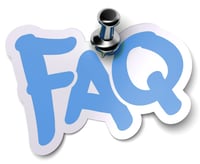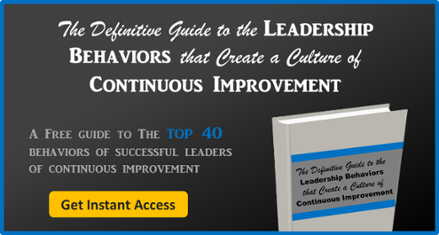 There are many tools in the continuous improvement toolkit. Everything from Gemba walks to value stream maps help organizations accelerate the pace of improvement and get the most impact out of their effort. One tool employed by many Lean practitioners is Catchball. This simple, yet powerful technique can be useful in any organization. Here are some of the questions we are often asked about it.
There are many tools in the continuous improvement toolkit. Everything from Gemba walks to value stream maps help organizations accelerate the pace of improvement and get the most impact out of their effort. One tool employed by many Lean practitioners is Catchball. This simple, yet powerful technique can be useful in any organization. Here are some of the questions we are often asked about it.
What is Catchball?
Catchball is a practice in which an idea is generated by one person, often, but not always, a manager. That person passes the idea to someone else for feedback and action. The idea (metaphorically the “ball”) is passed back and forth, up and down, and between as many people as necessary for it to turn into a completed improvement.
What are the benefits of Catchball?
You probably do something similar inherently, but what Catchball brings is structure and intention to the natural process of working together. It makes it clear who has responsibility for each effort at any given moment. It is also an effective way of bringing more people into the improvement action. It allows leaders to delegate responsibility, coach and engage their team.
Where did the notion come from?
"Catchball" is a phrase that comes from the book Value Stream Management for the Lean Office, by Don Tapping and Tom Shuker. They described it this way, "Catchball is simple. Regardless of who initiates a project (although it's most commonly a manager), that person articulates the purpose, objectives, and other ideas and concerns and then ‘throws' them to the other stakeholders for feedback, support, and action.
What are the challenges?
Catchball has been called, “Simple, but not easy.” The reason it isn’t easy is that it requires active listening and genuine respect for the ideas and concerns of the people responsible for the results. It requires a level of responsiveness that isn’t always present, and it demands that team members hold each other accountable for engagement.
What tools support it?
Although email can be a very useful supplement to your Catchball efforts, it alone is not the best tool for the job. In order to make it easy for everyone to see who has the “ball” at any given time, a collaboration platform is really the best way to go. This way, everyone has visibility into the current state of the improvement effort, as well as a history of what has been done so far. People can participate no matter where they are, and the results can be measured and shared.
Sometimes the simplest techniques are the most difficult, and most important to effectively execute, but with the right tools and attitude, Catchball is a powerful way to accelerate improvement in your organization.



Add a Comment